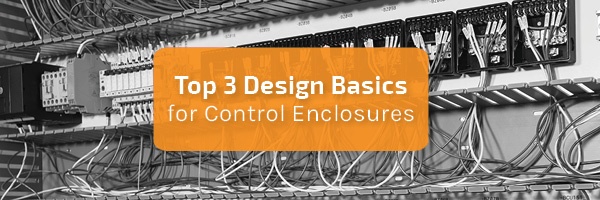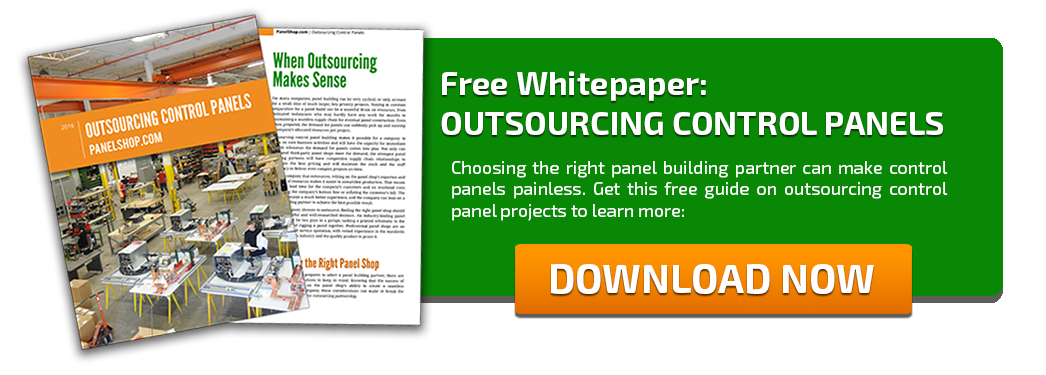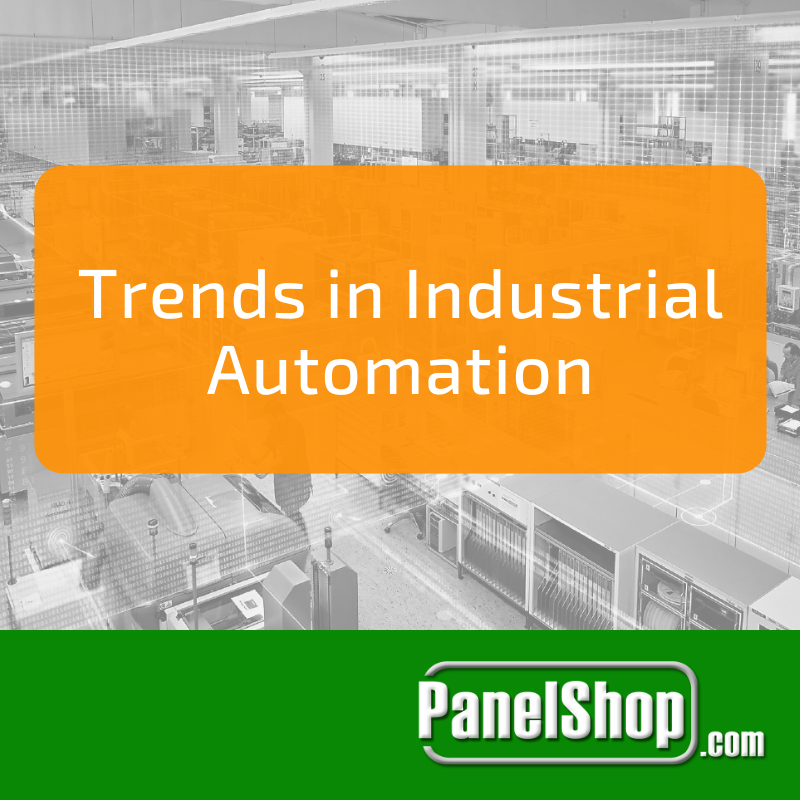
Electrical control panel design basics is a vast field, dotted with problems pertaining to management, visual appeal, reliability and safety. The design basics for control enclosures that house various components from Programmable Logic Controllers (PLCs) to high-voltage relays is dependent on several parameters, however, keeping down the cost is one that can’t be sidelined at any time.
Making sure the enclosure is simple, yet robust is vital for proper operation of industrial automation tools, which would directly impact the company’s revenue. By designing a control enclosure around the concept of simplicity, a company can fulfill all the short & long-term prerequisites required for continuous operation.
It is imperative that you treat the entire design as a process rather than a physical entity. Doing so would let you analyze the objectives of the final product. Once you start the process, you may refine it by choosing various routes depending on the thresholds set by top-level management.
Design is a process that takes time, and may seem jumbled & unorganized at times. However, if you follow a few key practices, you’ll be able to gain clarity in no time.
Physical Design
Bypassing the physical layout drawings, and skipping to schematic drawings is a very common mistake that costs design engineers valuable time. Good control panel designs include both physical & electrical requirements. Alternating between the physical & electrical aspects until the potential problems have been solved is the best approach.
Either by hand or through CAD software, experienced control panel designers produce accurate layouts with all the electrical hardware requirements in mind. Every component, and possibility of upgradation should be kept in a jotted down form, so that there won’t be any unresolved issues at the time of fabrication or testing.
The National Electric Code (NEC) provides a clear set of regulations, which are followed by all experienced control panel designers. The standards set for bending radius clearance around incoming & outgoing power connections ensures ample room for future expansion. In addition, the recommended clearance gaps allow ventilation and prevent buildup of heat around components such as PLCs and Variable Frequency Drives.
Choose an Effective Wiring Method
Hardwired control panels serve the industry well as they are built around a solid foundation. But their maintenance as well as management costs almost always skyrocket whenever the need for upgradation arises. A PLC control panel with about 100 I/O points requires a wiring schedule to instruct the engineer on connecting the PLC I/O modules correctly with the contactors, sensors, etc. Any large-scale industry has several PLCs and thus too much time is wasted on producing wiring schedules.
Moreover, the wastage of time only builds up when problems such as restrictions around opening/closing the panel doors come around along with last minute changes based on varying components.
What if control components could be connected to the PLCs CPU without the need for some portion of the I/O wiring? What if an alternate approach is implemented that is equivalent to point-to-point wiring in terms of time & resources.
Device level wiring systems that make use of smart modules which attach directly to standard motor controls & other field devices are not available. By employing device-level wiring systems that have their own power supply unit can help reduce the I/O control wiring, decluttering & normalizing the cost of the entire enclosure.
In a nutshell, a wiring method that employs the following techniques should be employed:
- Eliminate hardwiring.
- Reduce control-cabinet space requirements.
- Connect to industry standard networks, fieldbuses and motor control components.
This would bring in neatness & appeal on top of shorter modification times.
Ensure Safety
Keeping the hardware clean, dry and isolated is an extremely vital function for the enclosure, since human lives outrank material costs. The NEMA & IP ratings provide a clear & concise guideline for ensuring maximum protection from electrical hazards.
A component as simple as the enclosure handle can affect both material & human safety. For instance, the use of door clamps result in accumulation of foreign elements within the enclosure that may abnormally affect the life of electrical components, especially the presence of liquids. By using latest latching mechanisms, not only can such problems be avoided but a control engineer can also gain quick access to the panel.
Handles and disconnects with through-door disconnects & interlocks can guarantee personnel protection by providing tagout points and preventing the door from opening until external power is cut.
In addition, variations in temperate must also be considered as most electrical devices don’t have a linear behavior to changes in temperature. Ensuring a narrow range of temperature, humidity and ventilation using thermal management equipment is the most suitable approach for all intents & purposes as it would prevent any unforeseeable response from the enclosure.
By keeping these three basic parameters in check, a control engineer can easily reduce design time, excessive use of resources during maintenance and guarantee user & equipment protection.
Start a conversation with PanelShop.com, speak to an expert today!






